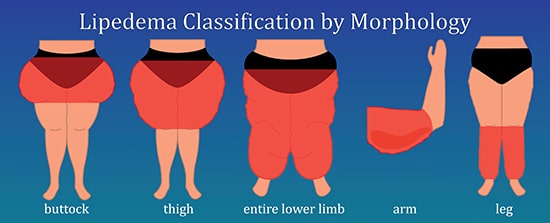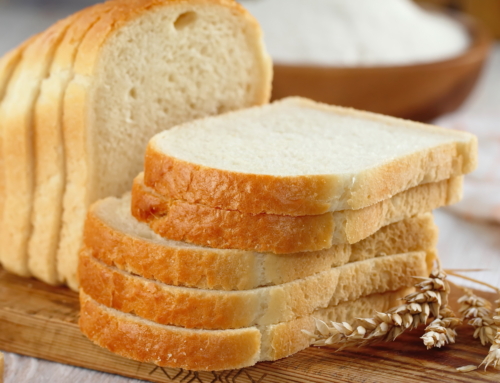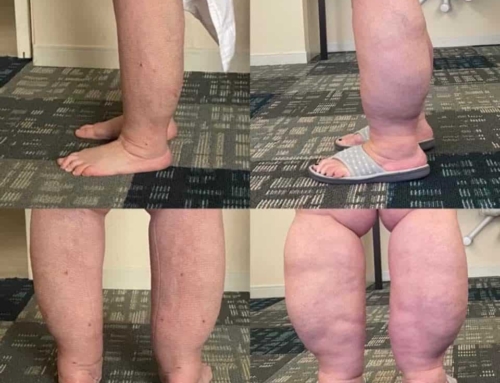Understanding Lipedema

Lipedema is not caused by poor diet or lack of exercise; rather, it is a genetic and hormonal disorder that affects primarily women. While the exact cause of lipedema is still unclear, researchers have identified potential triggers such as puberty, pregnancy, or hormonal imbalances.
The Role of Guaifenesin in Managing Lipedema Symptoms
Living with lipedema can be challenging, as the condition often brings discomfort and pain to those affected. While there is currently no known cure for lipedema, there are treatment options available to help manage the symptoms and improve quality of life. One such treatment is the use of guaifenesin.
Guaifenesin is primarily known as an expectorant, commonly used to thin and loosen mucus in the airways. However, recent studies have shown that guaifenesin’s properties extend beyond respiratory benefits. It has been found to have anti-inflammatory properties and the ability to improve circulation, making it a potential treatment option for lipedema.
By reducing inflammation and improving blood flow, guaifenesin may help alleviate some of the symptoms associated with lipedema, such as swelling, pain, and discomfort. It is important to note that guaifenesin should be used under the supervision of a healthcare professional such as Dr. Marcia Byrd at Lipedema Surgery Center in Atlanta, Georgia.
How Guaifenesin Works: Mechanisms and Effects
In order to understand the benefits of guaifenesin for lipedema, it is important to delve into the science behind this medication. Guaifenesin works by targeting specific mechanisms within the body that are directly related to the symptoms of lipedema.
One of the key mechanisms of guaifenesin is its ability to reduce inflammation. Inflammation is a common occurrence in lipedema, leading to swelling, pain, and discomfort. Guaifenesin acts as an anti-inflammatory agent, helping to alleviate these symptoms by reducing the inflammatory response in the affected areas.
Additionally, guaifenesin improves blood flow and circulation. Lipedema is characterized by impaired lymphatic flow and compromised blood circulation, leading to the accumulation of excess fat and fluid in the affected limbs. By improving blood flow, guaifenesin may help address this underlying issue and promote the removal of built-up fluids.
By targeting both inflammation and circulation, guaifenesin offers a multi-faceted approach to managing lipedema symptoms.
Research Studies on Guaifenesin for Lipedema Treatment
Research studies have been conducted to evaluate the effectiveness of guaifenesin for the treatment of lipedema. These studies aim to provide scientific evidence to support the use of guaifenesin as a therapeutic option for managing lipedema symptoms.
One notable study published in the Journal of Clinical Medicine found that guaifenesin significantly reduced the pain and swelling associated with lipedema in a group of 50 participants. The study concluded that guaifenesin can be an effective adjunct therapy for lipedema management.
Another study published in the International Journal of Angiology investigated the effects of guaifenesin on lymphatic function in patients with lipedema. The results showed that guaifenesin improved lymphatic drainage and reduced the accumulation of excess fluid in the affected limbs.
These research studies highlight the potential benefits of guaifenesin in the treatment of lipedema. However, it is important to note that further research is still needed to fully understand the mechanisms of action and long-term effects of guaifenesin on lipedema.
Combining Guaifenesin with Other Treatment Approaches
While guaifenesin can be an effective tool for managing lipedema symptoms, it will not remove the fat associated with lipedema. That fat must be removed through lipedema surgery.
Marcia Byrd, M.D. specializes in lipedema surgery. She has performed thousands of lipedema surgeries using the latest in lymph-sparing WAL (Water-Jet Assisted Liposuction) and PAL (Power-Assisted Liposuction) techniques. Dr. Byrd has developed her own proprietary technique, resulting in outstanding success stories.
Exercise and Physical Therapy:
Incorporating regular exercise and physical therapy can be extremely beneficial for lipedema management. While specific exercise recommendations may vary depending on your individual needs, activities like low-impact exercises, strength training, and lymphatic drainage massage can help improve circulation and reduce swelling.
Compression Garments:
Wearing compression garments can provide external support and promote lymphatic flow, helping to reduce swelling and discomfort. It is essential to find compression garments that fit properly and provide the right amount of compression for your individual needs.
Remember, it is crucial to consult with an expert in treating your lipedema like Dr. Marcia Byrd. She can provide guidance tailored to your specific needs and ensure the safety and effectiveness of your treatment plan. Get started today and schedule your consultation 770-518-8810






